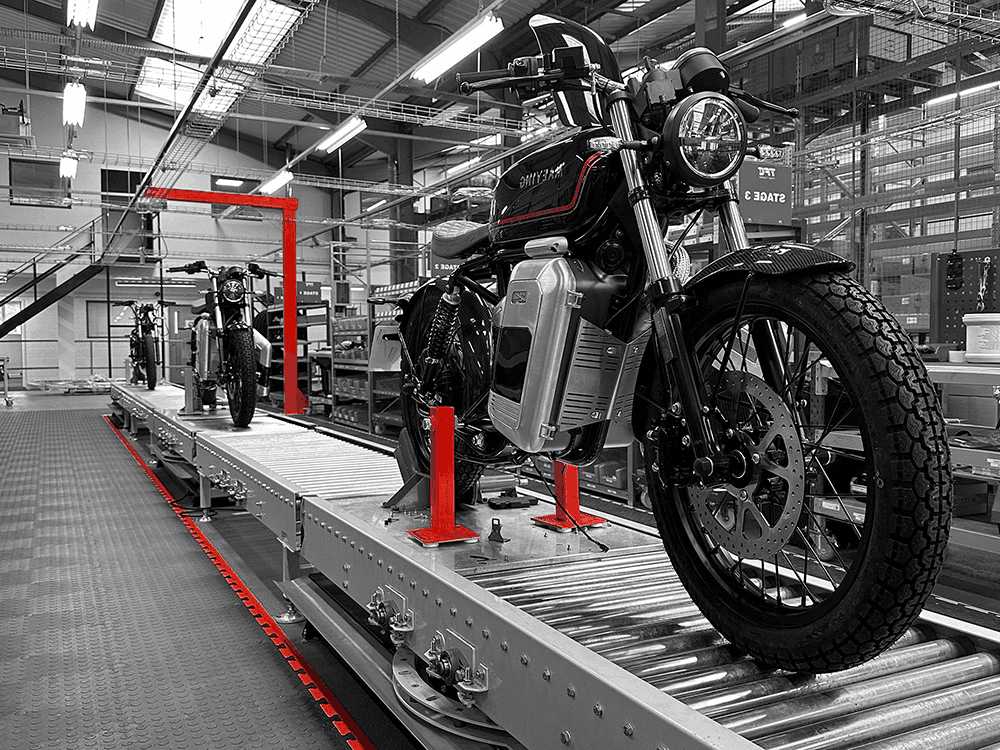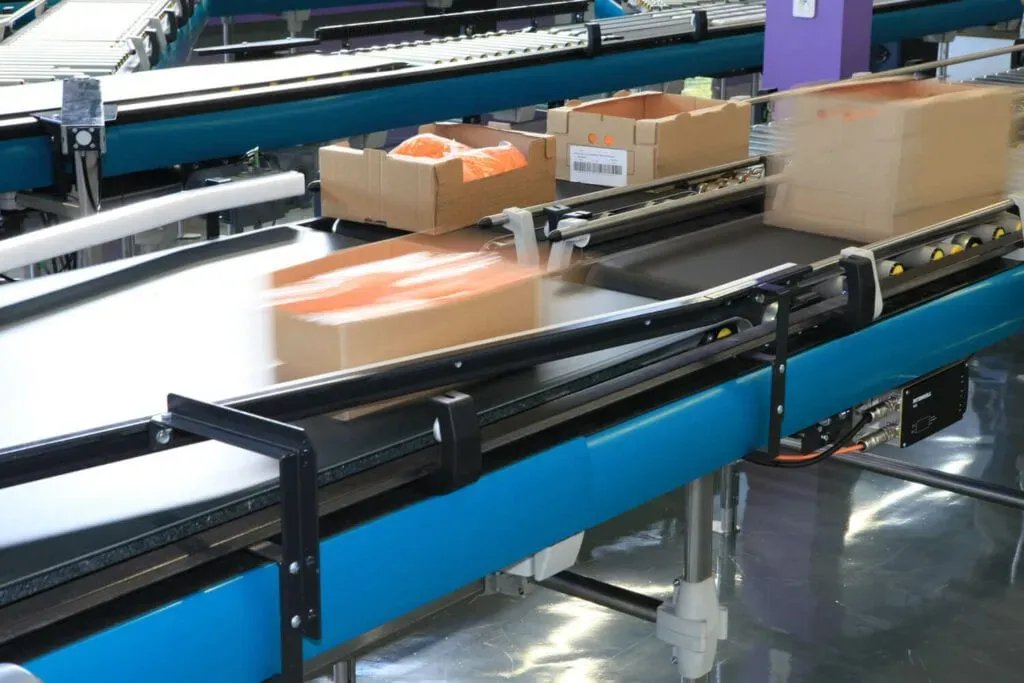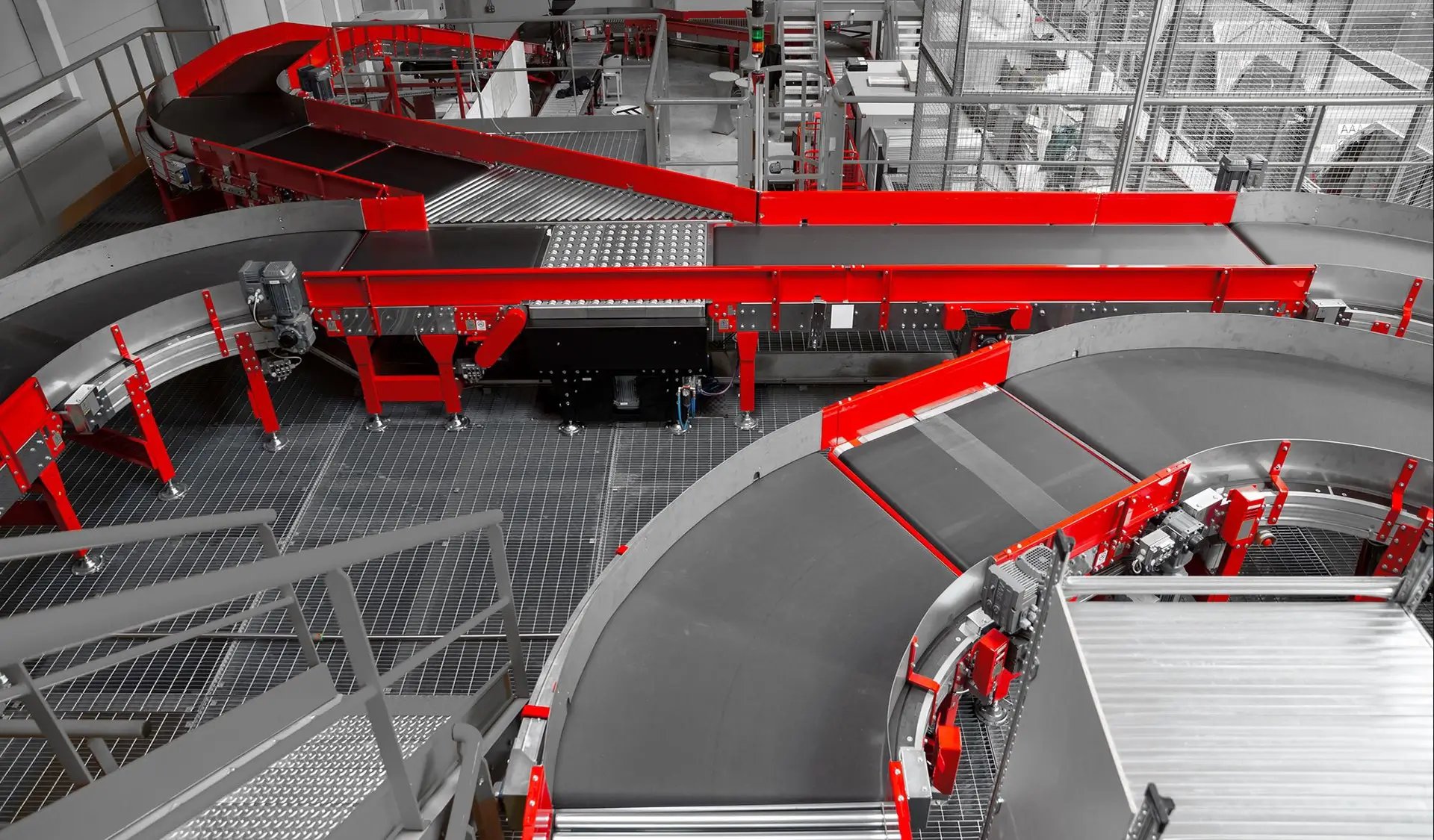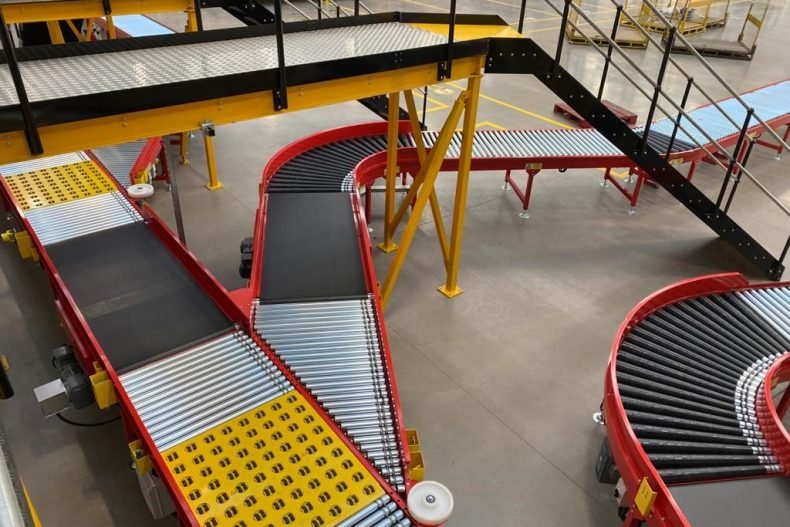Types of Conveyors
Conveyor systems come in various configurations, designed to handle goods with a range of size, shape, weight, and speed requirements. These include:
Belt Conveyors: Commonly used in warehouse operations, manufacturing, and retail distribution, offering an efficient operation for goods transport.
Roller Conveyors: Often found in grocery warehouses and food processing plants, reducing manual labour while optimising flow.
Chain Conveyors: Designed for handling heavy-duty loads such as automotive components, improving operational efficiency.
Overhead Conveyors: Free up valuable floor space and improve warehouse efficiency by transporting items overhead.
Screw Conveyors: Ideal for industries like food & beverage, ensuring smooth operation when handling granular materials.
Pneumatic Conveyors: Used in industries requiring high hygiene standards, offering enhanced safety when handling sensitive materials.






